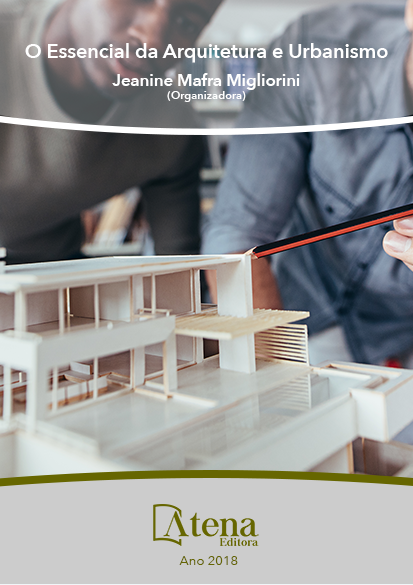
O CORPO E A NARRATIVA DA CIDADE: DOS PRIMOS HOFFMANNIANOS A MARCOVALDO
Este capítulo pretende experimentar
uma aproximação crítica de dois pontos
distintos de uma possível linha genealógica: as
da Literatura urbana e da História da Cidade.
O objetivo dessa aproximação crítica é
vislumbrar, constituir e colaborar com a
formação de uma longa narrativa do corpo na
Cidade, principalmente nos séculos XIX e XX.
Um corpo que se aproxima timidamente, é
instantaneamente sugado para um turbilhão
de acontecimentos da modernização em
curso acelerado dos centros urbanos, até se
encontrar envolvido em uma crise de sua própria
constituição psíquica, acarretando sofrimento,
distanciamento, alienação e, até, repulsa
perante a presença do outro nos espaços da
vida cotidiana.
Tais aproximações se darão em dois momentos
particulares, tanto na genealogia da Literatura
urbana, quanto na da História da Cidade. A
primeira delas será sobre um conto de E. T.
A. Hoffmann, de 1822, A janela de esquina do
meu primo. A segunda será sobre uma série de
micro contos, reunidos posteriormente em livro,
de Italo Calvino, de 1963, Marcovaldo ou as
estações na cidade.
A investigação que permeia todo este capítulo
é ressaltar a capacidade que a Literatura
apresenta para vislumbrar e “personalizar”
as relações do homem com a Cidade,
constituindo narrativas da vida cotidiana,
além de potencializar uma História menor da
Cidade. Uma potência que será catalisada aqui
pela presença e permanência do corpo como
elemento fundamental para a constituição da
subjetividade do homem contemporâneo, tão
permeado atualmente por ações e discursos
anestesiantes, homogeneizantes e destruidores
de experiências concretas da espacialidade e
da alteridade urbanas
O CORPO E A NARRATIVA DA CIDADE: DOS PRIMOS HOFFMANNIANOS A MARCOVALDO
-
DOI: Atena
-
Palavras-chave: Personagem Urbano; Literatura Urbana; Narrativas Urbanas; E.T.A. Hoffmann; Italo Calvino.
-
Keywords: Urban character; Urban Literature; Urban narratives; E.T.A. Hoffmann; Italo Calvino.
-
Abstract:
This chapter intends to experience
a critical approach in two distinct points of a
possible genealogical line: the genealogies of
Urban Literature and the History of the CityThe purpose of these critical approaches is to glimpse, constitute and collaborate with
the formation of a long body’s narrative of the city, especially in the nineteenth and
twentieth century. A body that approaches timidly, is instantly sucked into a whirlwind
of events of accelerated modernization of urban centers, until be involved in a crisis
of his own psyche, causing suffering, estrangement, alienation and even horror by the
presence of the other in the everyday life spaces.
Such approaches will be done in two particular moments, as in the genealogy of urban
literature, as in the history of the City. The first of these approaches will be on a short
story by E. T. A. Hoffmann, 1822, My Cousin’s Corner Window. The second will be on
a series of micro stories, later collected in book by Italo Calvino, 1963, Marcovaldo or
the Seasons in the City.
The investigation that permeates throughout this article is to emphasize the ability
of the Literature to glimpse and “personalize” man’s relations with the City, making
narratives of everyday life, as well as enhance a minor History of the City. A power
that is catalyzed here by the presence and permanence of the body as a fundamental
element in the constitution of the subjectivity of modern man, so filled these days by
actions and discourses of anaestheticization, homogenization and doom of concrete
experiences of spatiality and urban otherness.
-
Número de páginas: 15
- Ricardo Luis Silva


